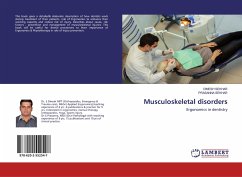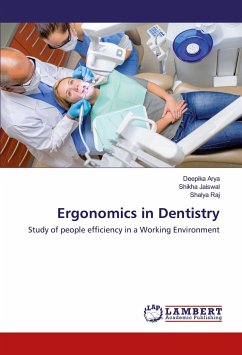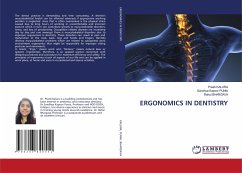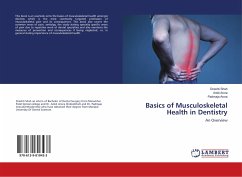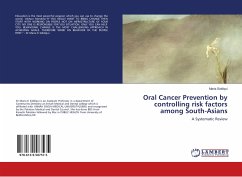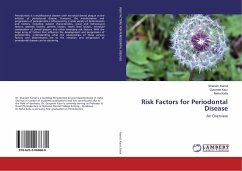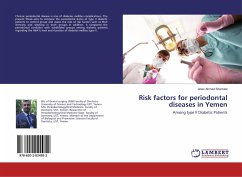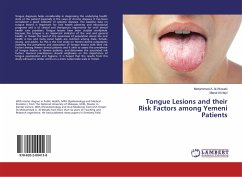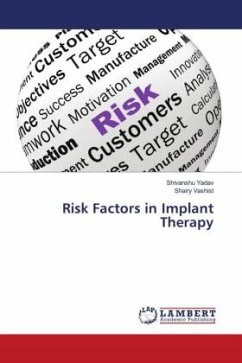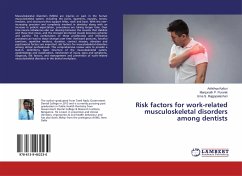
Risk factors for work-related musculoskeletal disorders among dentists
Versandkostenfrei!
Versandfertig in 6-10 Tagen
27,99 €
inkl. MwSt.

PAYBACK Punkte
14 °P sammeln!
Musculoskeletal disorders (MSDs) are injuries or pain in the human musculoskeletal system, including the joints, ligaments, muscles, nerves, tendons, and structures that support limbs, neck and back. With the ever-increasing precision and complexity involved in dentistry along with an increase in patient expectation, procedures are taking longer time. Over time muscle imbalances also can develop between the muscles that stabilize and those that move, and the stressed shortened muscle becomes ischemic and painful. The combination of these proliferative and infiltrative processes can lead to tis...
Musculoskeletal disorders (MSDs) are injuries or pain in the human musculoskeletal system, including the joints, ligaments, muscles, nerves, tendons, and structures that support limbs, neck and back. With the ever-increasing precision and complexity involved in dentistry along with an increase in patient expectation, procedures are taking longer time. Over time muscle imbalances also can develop between the muscles that stabilize and those that move, and the stressed shortened muscle becomes ischemic and painful. The combination of these proliferative and infiltrative processes can lead to tissue changes over time. Awkward postures, forceful exertions, repetitive motions, duration, contact stresses, vibration and psychosocial factors are important risk factors for musculoskeletal disorders among dental professionals. This comprehensive review aims to provide a lead-in, definitions, basic structure of the musculoskeletal system, epidemiology and classification, mechanism of injury, signs and symptoms, diagnosis, risk factors, and management and prevention of work-related musculoskeletal disorders in the dental workplace.



